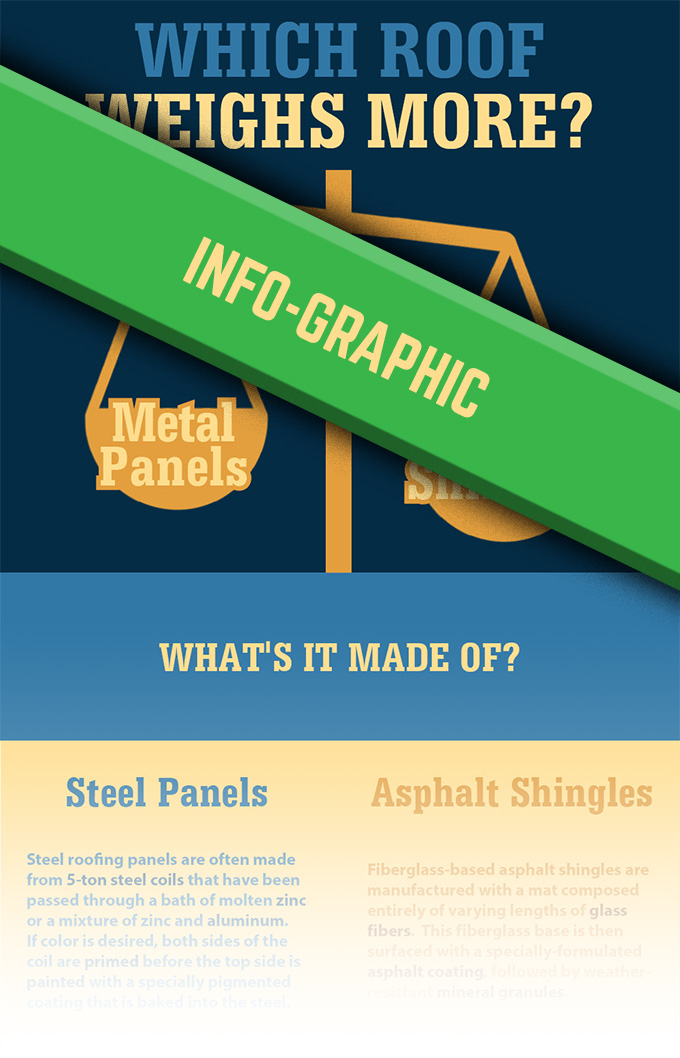Understanding Solar Panel Modern Technology And Exactly How It Functions: A Beginner'S
Understanding Solar Panel Modern Technology And Exactly How It Functions: A Beginner'S
Blog Article
Content Composed By-Breum Britt
So, you've heard about photovoltaic panels and their possible to create power from sunlight, yet just how precisely do they work? Recognizing the complex technology behind solar panels can be an interesting journey into the globe of renewable energy. From the basic concepts of photovoltaic cells to the detailed elements that compose a solar panel system, there's an entire realm of knowledge waiting to be checked out. Let's unwind the enigmas of photovoltaic panel technology together.
Solar Panel Modern Technology Principles
To really understand the essence of solar panel innovation, you must explore the fundamental principles that underpin its functionality. solar installation contractors contain solar batteries, typically made from silicon, which have the exceptional ability to transform sunlight right into electrical energy through the photovoltaic or pv effect. When sunlight strikes the cells, the photons in the light interact with the silicon atoms, causing the electrons to break free from their atomic bonds. This produces an electric current that can then be utilized for powering numerous gadgets.
The crucial component of solar panels is the semiconductors within the photovoltaic cells, which assist in the conversion of sunlight right into functional electrical power. These semiconductors have both positive and adverse layers, producing an electrical area that permits the flow of electrons.
This circulation of electrons, when attached in a circuit, generates straight current (DC) electrical energy. Recognizing these basic principles is critical for valuing exactly how solar panels can harness the sun's energy to power homes, companies, and also satellites in space.
Just How Solar Panels Generate Electricity
Solar panels harness the sunlight's energy by converting sunlight into electrical energy via a process referred to as the solar effect. When sunlight hits the photovoltaic panels, the photons (light fragments) are taken in by the semiconducting products within the panels, normally constructed from silicon. This absorption creates an electrical current as the photons knock electrons loosened from the atoms within the product.
The electrical fields within the solar cells after that compel these electrons to stream in a particular direction, developing a straight present (DC) of power. This direct current is after that passed through an inverter, which transforms it into alternating present (AC) electrical energy that can be used to power your home or company.
Excess electrical energy created by the photovoltaic panels can be kept in batteries for later use or fed back right into the grid for credit with a process called web metering. Understanding how photovoltaic panels generate electricity is vital to appreciating the ecological and cost-saving advantages of solar energy systems.
Understanding Photovoltaic Panel Components
One crucial facet of solar panel technology is understanding the different parts that compose a photovoltaic panel system.
The vital components of a photovoltaic panel system consist of the photovoltaic panels themselves, which are made up of photovoltaic cells that convert sunlight right into power. These panels are installed on a framework, commonly a roof covering, to catch sunlight.
Along with the panels, there are inverters that convert the direct present (DC) power created by the panels right into alternating present (AIR CONDITIONING) power that can be used in homes or companies.
The system additionally consists of racking to sustain and position the photovoltaic panels for optimum sunlight exposure. In addition, wires and ports are necessary for carrying the electricity generated by the panels to the electric system of a structure.
Lastly, a tracking system may be included to track the performance of the solar panel system and ensure it's operating successfully. Understanding these components is important for anybody seeking to set up or utilize photovoltaic panel technology efficiently.
Conclusion
Now that you recognize the fundamentals of photovoltaic panel innovation and just how it functions, you can appreciate the power of harnessing sunshine to produce tidy and renewable resource for your building. By using the solar effect and components like inverters and keeping track of systems, you can contribute to a much more sustainable future while also possibly saving money on power costs. Maintain discovering and checking out you can find out more of solar power for a greener tomorrow.
